Opinion; Che Guevara in Tosa East
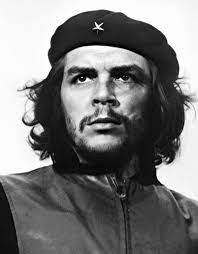
A portrait replicating this famous photo hangs in the language hallway, with the word “Revolución”.
December 20, 2021
This piece was originally published on December 20th, 2021. It was updated on February 15, 2023. The author successfully convinced the administration to have the painting removed,
At the end of Wauwatosa East’s Spanish hallway hangs a portrait of the infamous Che Guevara. It is time for this ugly representation of the naivety and ignorance of previous high school classes to the horror of communist Cuba and the legacy of Che Guevara. Despite the pop-culture view of him being a freedom fighter, he was really a cold blooded killer, along with being a racist and a homophobe and far from someone who fought for freedom. To present him as an idol in the same manner as Rosa Parks, Dr. Martin Luther King Jr., Princess Diana, and the Dalai Lama is disgraceful.
During his time fighting against the Cuban Batista regime Guevara would write nonchalantly in his diary about the people he killed. He would even mention his doubts of their guilt. Aristidio, a peasant who expressed the desire to leave his land once the rebels moved on to the next village, was shot by Che for that mere infraction. Guevara later questioned if he “was really guilty enough to deserve death?”
He even proclaimed his affinity for death; In a letter to his father he wrote: “I’d like to confess , Papa… I really like killing.” In his diary he described the fervor he felt during combat: “I feel my nostrils dilate, savoring the acrid smell of gunpowder and blood, the enemy’s death.” When being interviewed by Revolución newspaper in 1962 he explained: “We executed many people by firing squad without knowing if they were fully guilty. At times, the Revolution cannot stop to conduct much investigation; it has the obligation to triumph.” Later Che similarly stated: “To send men to the firing squad, judicial proof is unnecessary… A revolutionary must become a cold killing machine motivated by pure hate.” This sentiment is continually echoed through his entire life and especially in the running of the La Cabaña prison, which he was placed in charge of La Cabaña prison by Fidel Castro after the revolution. La Cabaña was a prison for political prisoners and those deemed enemies of the revolution which at that time was essentially anyone who criticized the Castro regime. While he ran the prison and its court, he established a system of sham trials and injustice. In all the cases where people were tried, he found them guilty and many of them would be met with execution.
José Vilasuso, a lawyer and a professor, who belonged to the body in charge of the judicial process at La Cabaña, claimed: “Che was in charge of the Comisión Depuradora. The process followed the law of the Sierra: there was a military court and Che’s guidelines to us were that we should act with conviction, meaning that they were all murderers and the revolutionary way to proceed was to be implacable.” furthermore he claims that four hundred people were executed in the prison as a result of this court’s rulings.
Javier Arzuaga, a former priest who would regularly visit La Cabaña prison said: “There were about eight hundred prisoners in a space fit for no more than three hundred…The revolutionary tribunal was made of militiamen. Che Guevara presided over the appellate court. He never overturned a sentence. I would visit those on death row at the galera de la muerte… Che ordered that I be present at the executions. After I left in May, they executed many more, but I personally witnessed fifty-five executions.”
Additionally in correspondence with the State Department, The American Embassy in Havana claimed “over 500 ” people were killed in La Cabaña prison. Through combing of Cuban archives and the uncovering of several documents in an eight-year study, professor Armando Lago claims to have discovered 179 names of people killed at La Cabaña. Additionally, Maria Werlau, author of the book “Che Guevara’s Forgotten Victims” claims “[Guevara] was directly responsible for at least 124 killings.” Although estimates and accounts may vary, the bottom line is, he is responsible for the deaths of tens if not hundreds.
After his time running La Cabaña prison, Che created Cuba’s system of forced labor camps known as Military Units to Aid Production, the equivalent to the soviet union’s gulags. Despite the name these camps were not military in any nature. They were comprised of interned Jehovah’s Witnesses, Seventh Day Adventists, Catholics, artists, political dissidents, transgender individuals, gays and other members of the LGBTQ community who were considered undesirable by the Cuban government. The victims of these camps were forced to cultivate agricultural fields, and build infrastructure often for more than 12 hours a day.
The Inter-American Commission on Human Rights found in 1967 that more than 30,000 people were laboring against their will in this system for 12 hours a day and seven days a week. Additionally, prisoners were subjected to methods of torture such as starvation, beatings, and being tied in barbed wire.
Che Guevara was also a clear racist, who wrote in his diary about his thoughts on blacks in Latin America and the role or lack thereof in the revolution. He voiced an odd theory about black hygiene in his diary: “Magnificent examples of the African race who have maintained their racial purity thanks to their lack of an affinity with bathing.” Similarly on another occasion, he wrote how Afro-Latinos were unable to work hard because they possess an inherent laziness. Describing “the black” as “indolent and a dreamer; spending his meager wage on frivolity or drink.”
Removing this portrait will not heal these wounds, or redeem communist Cuba’s brutal history, but it would be a step towards recognizing the actions of Che Guevara and creating a dialogue about who he was and why he is no longer a symbol of anything positive. It needs to be removed.



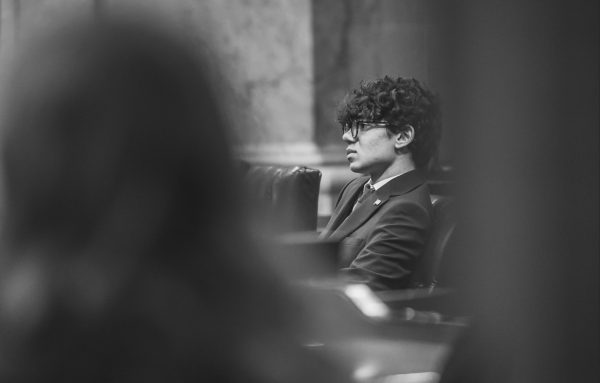



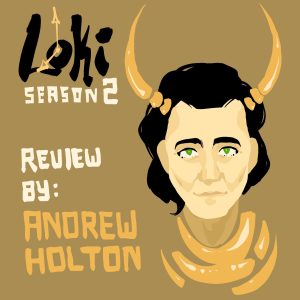
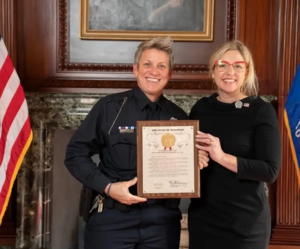

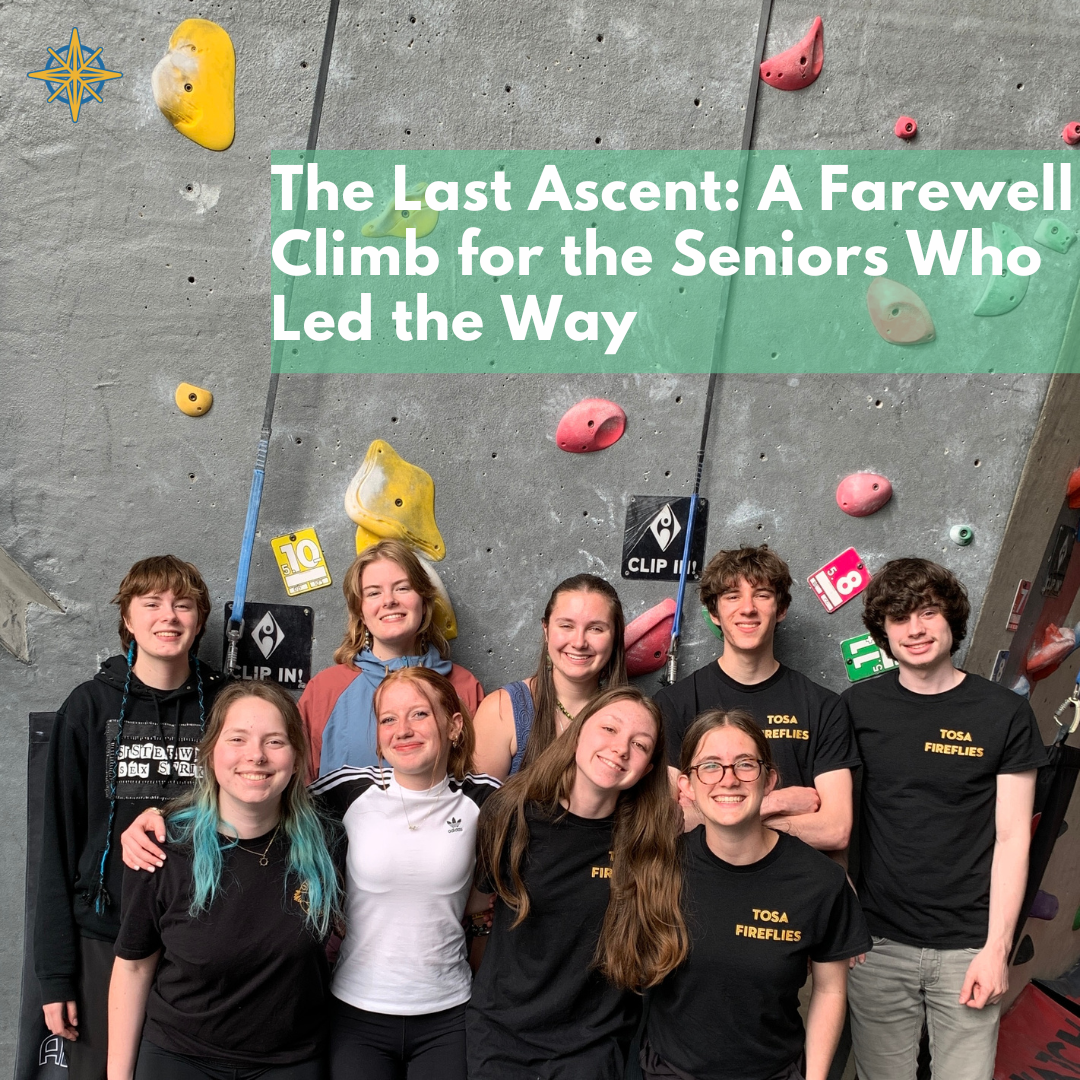


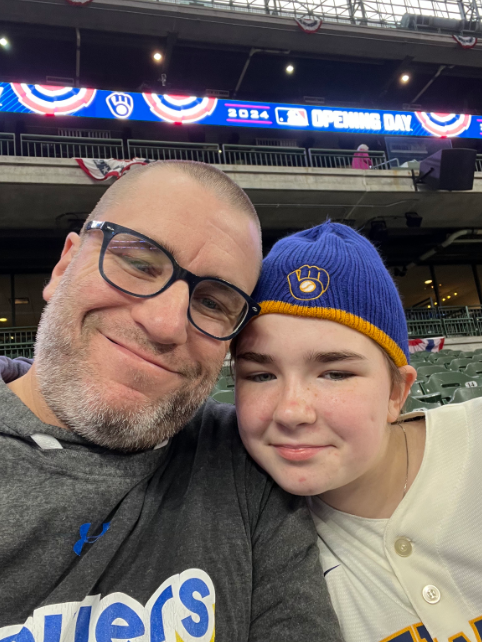

Vincenzo Lucente — Apr 20, 2023 at 9:52 am
Hi, I’m concerned about your lack of credible sources and clear attempts at mis/disinformation. If you would like specifics then please email me or find me at school (I have a study hall 3rd hour and I have B lunch). I particularly am finding a problem with the fact that anything I look up to point to sources you fail to provide leads to secondary or tertiary sources in the form of news articles who themselves fail to cite sources. for example, I looked up the man by the name of Aristidio, and the results were all news articles, with this particular article that you have written as only the twelfth result. of course, the best any of these do is cite quotes from random individuals who make claims about Guevara, but they aren’t exactly verifiable. I can say “Malik Boyd is a heartless man who I saw kill 3 people” but that doesn’t make it true. anyways, I have a lot of other problems with the article, but I don’t want to make my comment too long. I really would like to talk more in depth about the issue though.
Respectfully,
Vincenzo Lucente